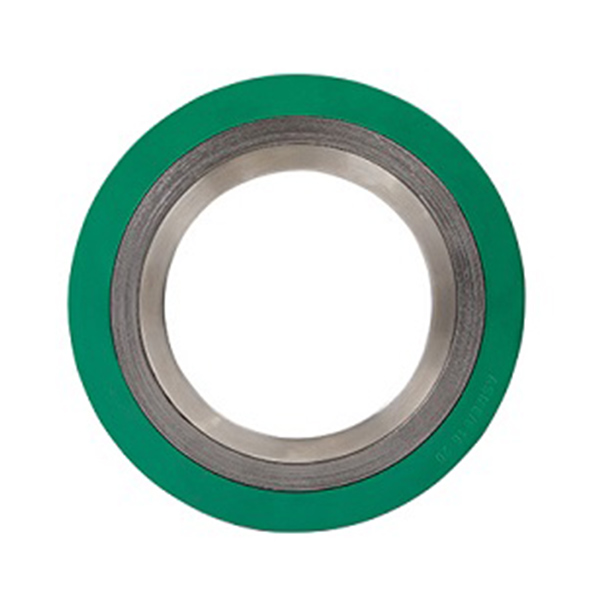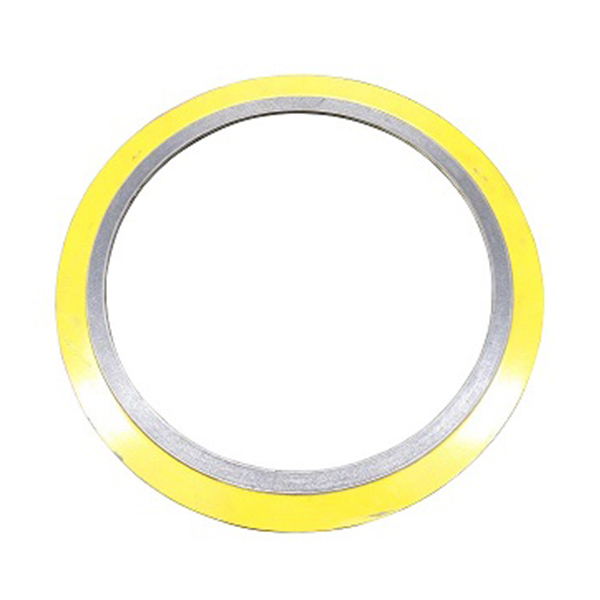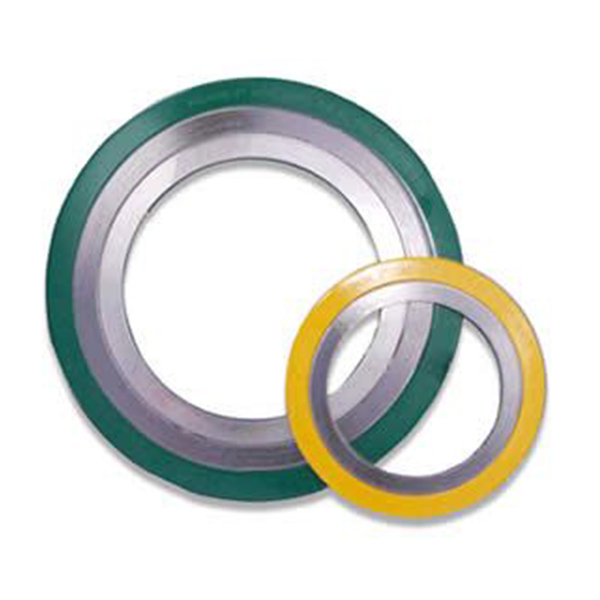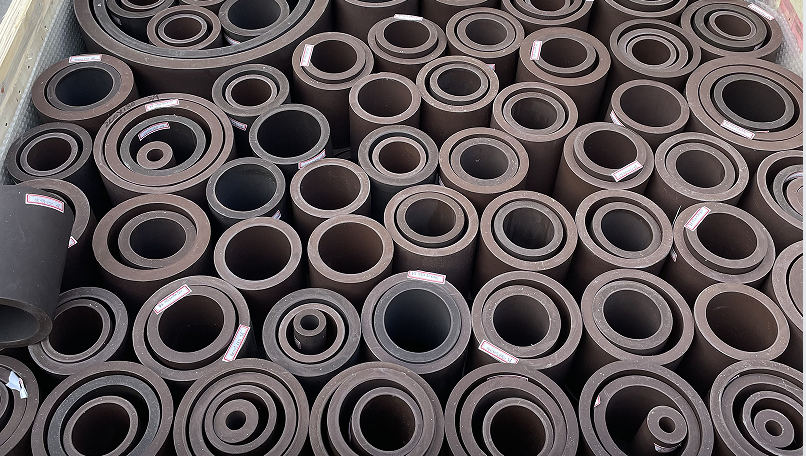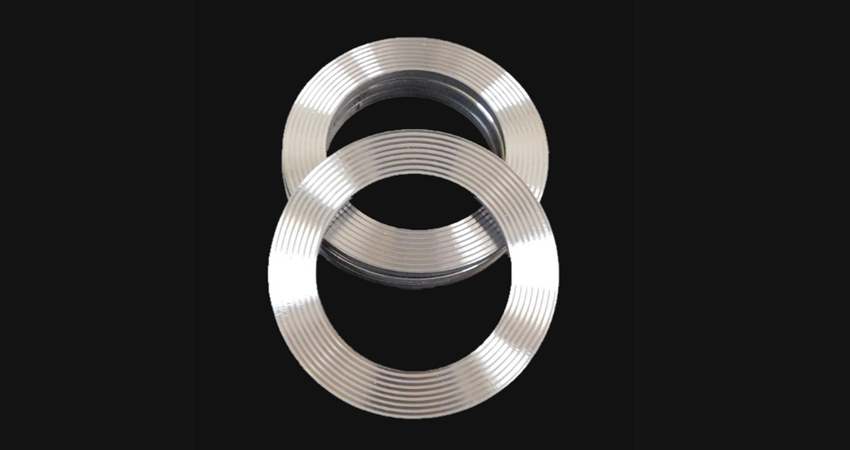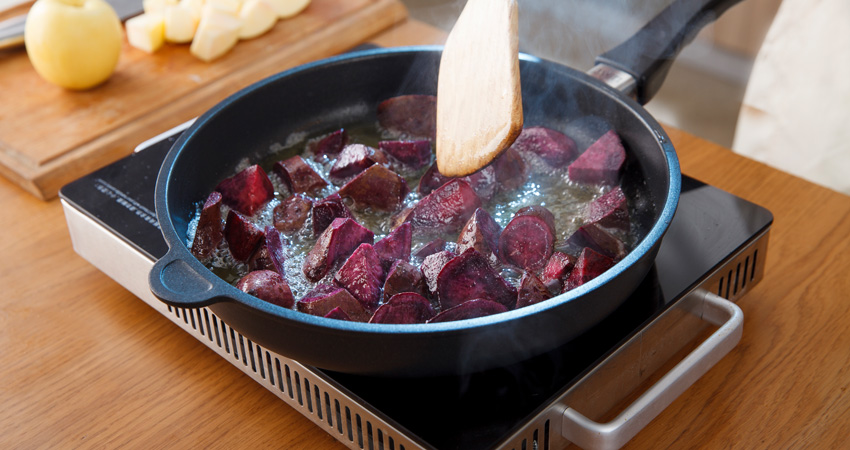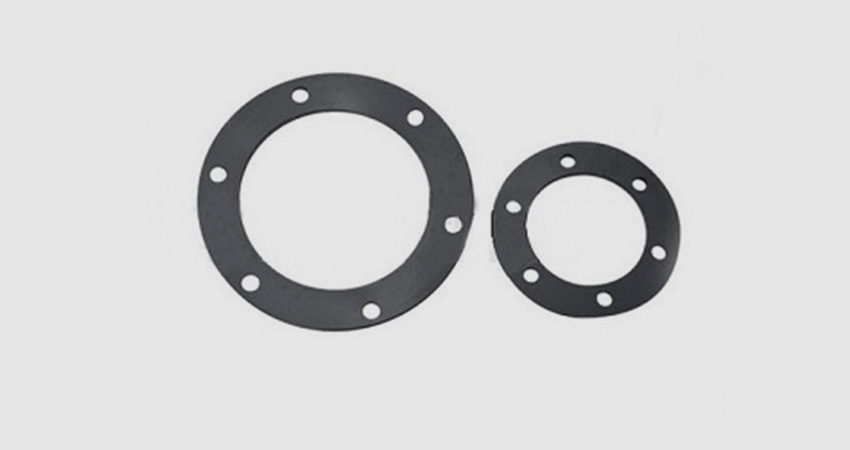Corrugated Gaskets Manufacturer & Supplier in China
Corrugated Gaskets: A Comprehensive Guide
Corrugated gaskets are essential sealing components widely used in industrial applications, offering superior performance under high-pressure and high-temperature conditions. These gaskets feature a unique corrugated design that enhances flexibility, resilience, and sealing efficiency, making them ideal for challenging environments. In this detailed guide, we explore the key parameters, benefits, and common queries about Corrugated Gaskets, providing valuable insights for engineers, procurement specialists, and maintenance professionals.
What Are Corrugated Gaskets?
Corrugated gaskets are metallic seals with a wavy or corrugated pattern, typically made from materials like stainless steel, carbon steel, or nickel alloys. This design allows for excellent compression and recovery, ensuring a tight seal even under thermal cycling and vibration. They are commonly used in flanged connections for pipelines, valves, pumps, and heat exchangers in industries such as oil and gas, chemical processing, power generation, and aerospace.
Key Parameters of Corrugated Gaskets
Understanding the specifications of corrugated gaskets is crucial for selecting the right product for your application. Below, we break down the essential parameters using lists and tables for clarity.
Material Composition
Corrugated gaskets are available in various materials to suit different operational needs. The choice of material impacts factors like corrosion resistance, temperature tolerance, and pressure handling. Common materials include:
- Stainless Steel (e.g., 304, 316) – Offers good corrosion resistance and is suitable for temperatures up to 800°C.
- Carbon Steel – Ideal for high-pressure applications but may require coatings for corrosion protection.
- Nickel Alloys (e.g., Inconel, Monel) – Excellent for extreme temperatures and corrosive environments.
- Copper and Aluminum – Used in lower-temperature applications for their malleability and conductivity.
Dimensions and Specifications
The dimensions of corrugated gaskets are critical for proper fit and function. Standard parameters include inner diameter (ID), outer diameter (OD), thickness, and number of corrugations. Here is a table summarizing typical specifications:
| Parameter | Range | Common Standards |
|---|---|---|
| Inner Diameter (ID) | 10 mm to 1000 mm | ASME B16.20, DIN 2690 |
| Outer Diameter (OD) | 20 mm to 1200 mm | ASME B16.20, EN 1092-1 |
| Thickness | 0.5 mm to 3.0 mm | Customizable based on application |
| Number of Corrugations | 4 to 20 | Varies with size and pressure rating |
Performance Characteristics
Performance metrics ensure that corrugated gaskets meet specific operational demands. Key characteristics include:
- Pressure Rating: Typically ranges from 150 PSI to 2500 PSI, depending on material and design.
- Temperature Range: Can withstand temperatures from -200°C to 1000°C, with variations based on material.
- Leakage Rate: Designed for minimal leakage, often complying with ISO 15848 standards for tightness.
- Compression Set: Low compression set ensures long-term sealing integrity without frequent retightening.
Advantages of Using Corrugated Gaskets
Corrugated gaskets offer several benefits over flat gaskets or other sealing solutions:
- Enhanced Sealing: The corrugated design provides multiple sealing points, reducing the risk of leaks.
- Flexibility and Resilience: Accommodates flange misalignment and thermal expansion.
- Durability: Metallic construction resists creep relaxation and degradation over time.
- Cost-Effectiveness: Long service life reduces maintenance costs and downtime.
FAQs About Corrugated Gaskets
Here are some frequently asked questions to address common concerns and provide detailed information.
What applications are corrugated gaskets best suited for?
Corrugated gaskets are ideal for high-pressure and high-temperature applications, such as in oil refineries, chemical plants, power generation facilities, and aerospace systems. They excel in environments with thermal cycling, vibration, and corrosive media, providing reliable seals in flanged joints, heat exchangers, and pressure vessels.
How do I select the right material for a corrugated gasket?
Material selection depends on factors like operating temperature, pressure, fluid compatibility, and corrosion requirements. For example, choose stainless steel for general corrosive environments, nickel alloys for extreme conditions, and carbon steel for high-pressure systems with proper coatings. Always refer to industry standards like ASME B16.20 and consult with engineers for specific applications.
Can corrugated gaskets be reused?
Generally, corrugated gaskets are not recommended for reuse due to potential deformation and loss of sealing efficiency after compression. Reusing them may lead to leaks and safety hazards. It is best practice to install new gaskets during maintenance or reassembly to ensure optimal performance.
What maintenance is required for corrugated gaskets?
Maintenance involves regular inspection for signs of wear, corrosion, or leakage. Ensure proper bolt tension during installation to avoid over-compression or under-compression. Follow manufacturer guidelines for torque values and retightening schedules, especially after thermal cycles. No additional lubrication is needed, as these are metallic gaskets.
Are there standard sizes for corrugated gaskets, or are they custom-made?
Corrugated gaskets are available in standard sizes based on flange dimensions (e.g., ASME B16.5, DIN standards), but they can also be custom-made to fit non-standard or specialized applications. Customization allows for adjustments in material, thickness, and corrugation pattern to meet specific operational requirements.
How do corrugated gaskets compare to spiral wound gaskets?
Corrugated gaskets are simpler in design and often more cost-effective for lower-pressure applications, offering good resilience and ease of installation. Spiral wound gaskets, which combine metal and filler material, provide higher pressure tolerance and better performance in extreme conditions but may be more expensive. The choice depends on the specific pressure, temperature, and leakage control needs.
What is the typical lifespan of a corrugated gasket?
The lifespan varies based on operating conditions, material, and installation quality. Under normal conditions, corrugated gaskets can last several years, often 5-10 years or more, with proper maintenance. In harsh environments with high temperatures or corrosive fluids, regular inspection and replacement may be needed more frequently.
Do corrugated gaskets require any special installation techniques?
Installation involves cleaning the flange surfaces thoroughly, aligning the gasket properly, and applying even bolt torque in a crisscross pattern to ensure uniform compression. Avoid over-tightening, as it can damage the gasket and flange. Follow industry standards like ASME PCC-1 for guidelines on bolt tightening procedures.
- View as



